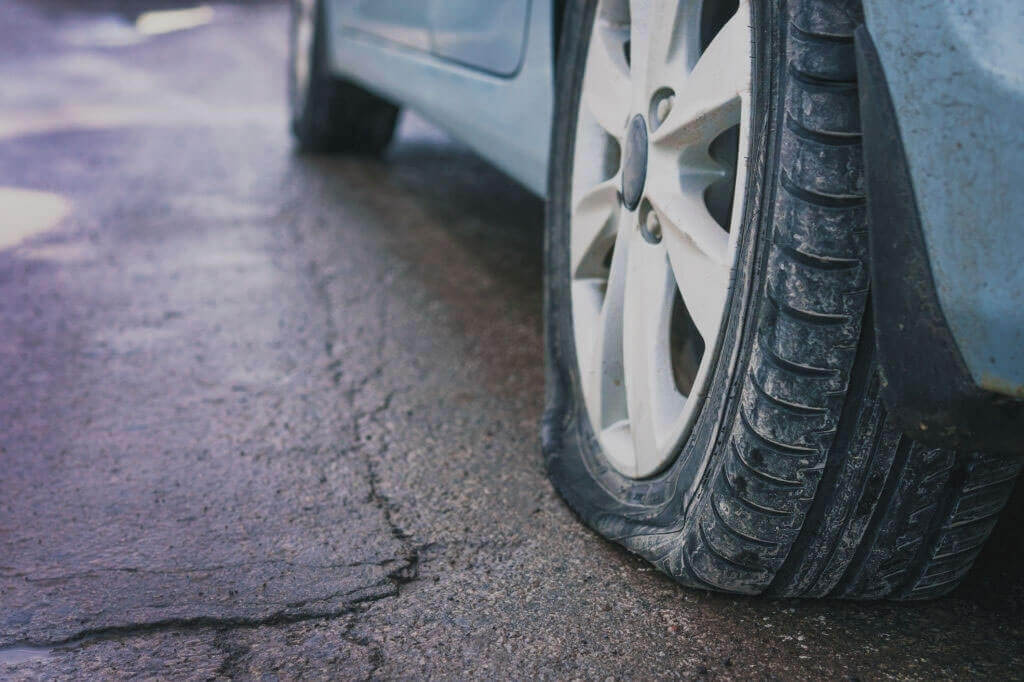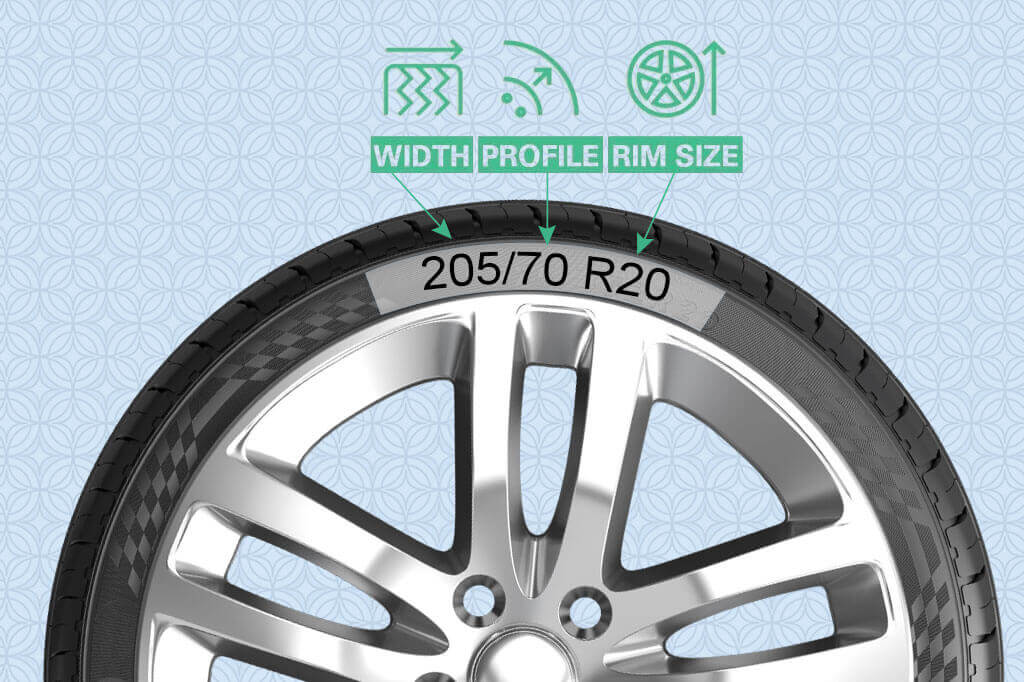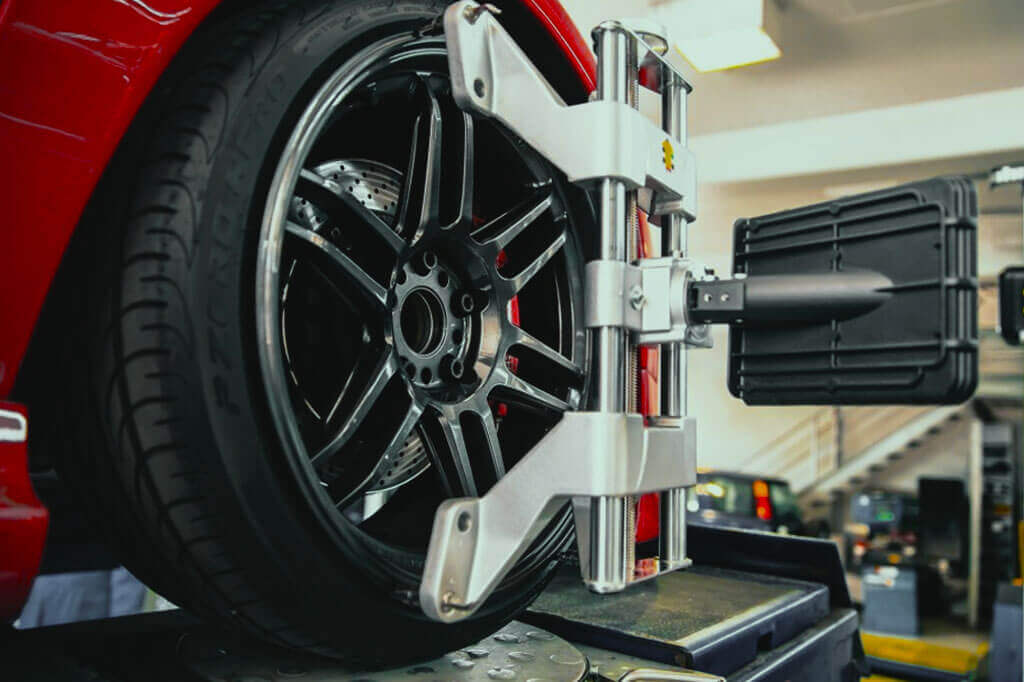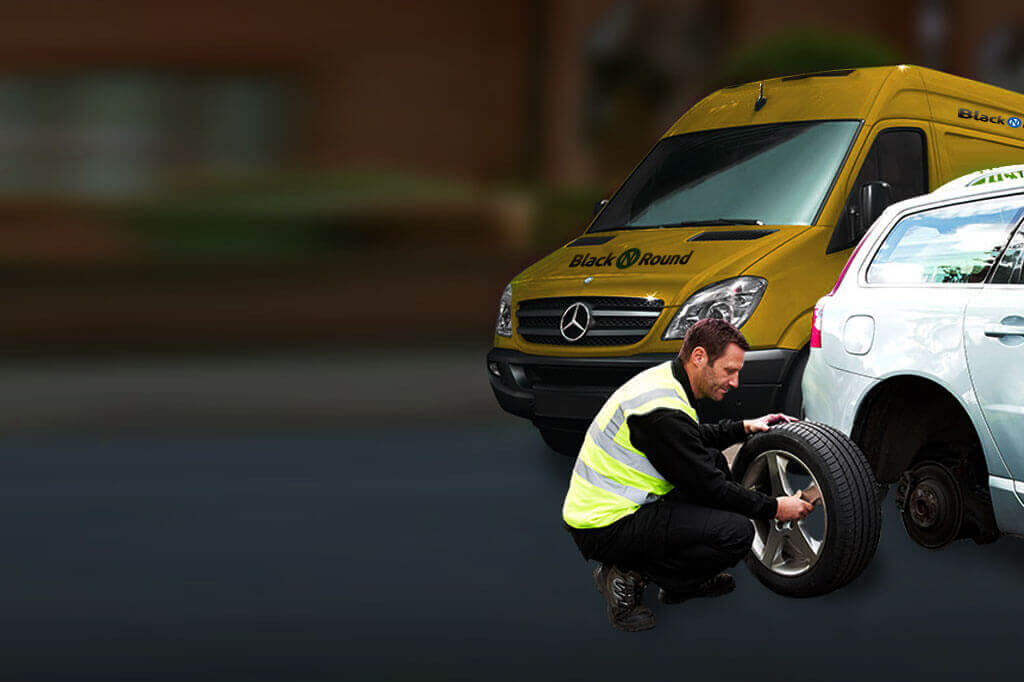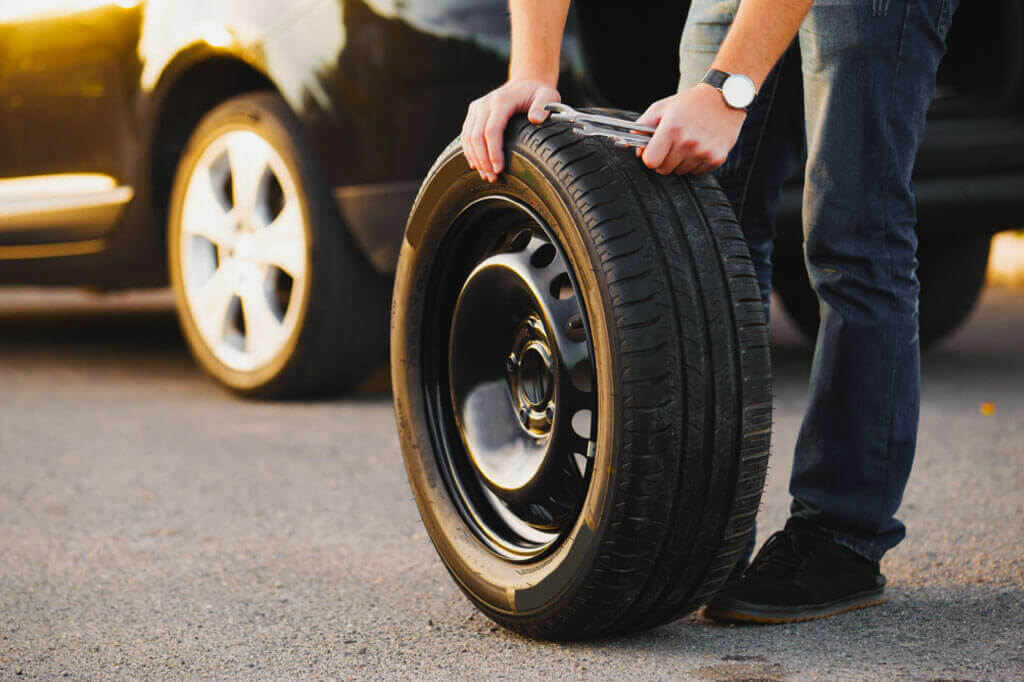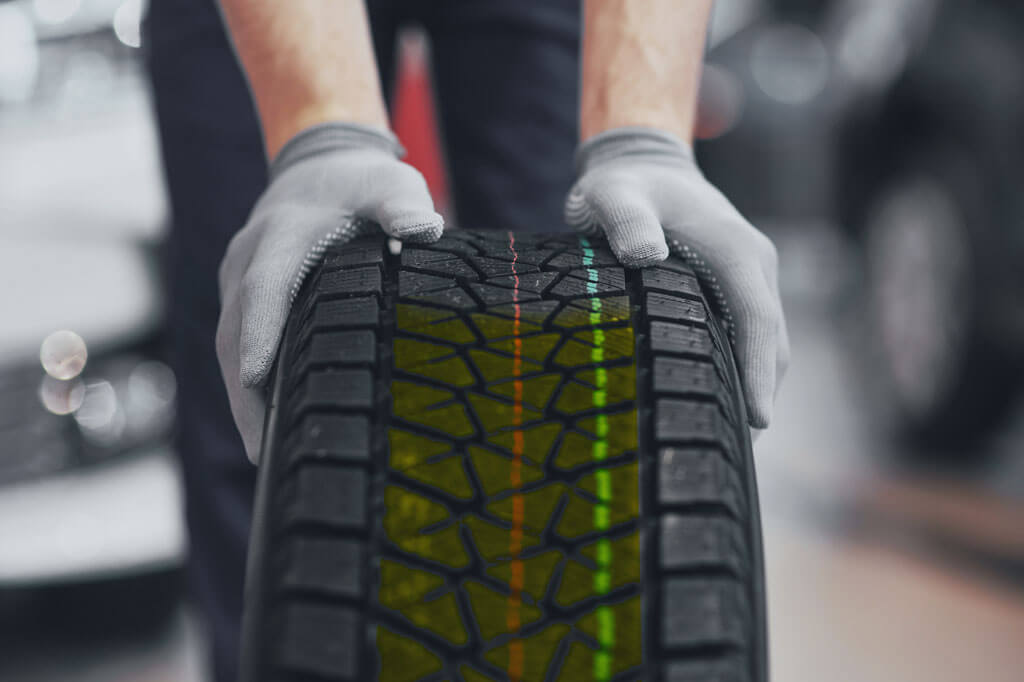The tyres can get damaged after driving for a few years due to constant friction and tension faced by them on roads. Getting routine tyre inspections and ensuring they are in the best state possible can prevent premature tyre damage and provide you with a comfortable and safe drive. Also, routine tyre inspections can help determine air loss or tread wear issues with your tyres, so that you can get them fixed. Moreover, a tyre check can help decrease repair costs and expenses on fuel.
Common Tyre Damage
Some of the most obvious kinds of tyre damage faced by car owners include:
Puncture
Bulges
Cuts
Cracks
Uneven tread wear
If you notice or suspect any of the above issues, then get the tyres inspected at the nearest repair centre.
How often should you go for a car tyre check?
We recommend getting all the tyres, including the spare tyre checked in once a week. Also, you can inspect any obvious signs of tyre damage yourself such as punctures, side curb damage, etc. To perform a quick check, Car owners should try sliding their hands across the tyre surface to determine if anything is stuck in the tread.
Below are a few of the different tyre damages along with the causes and reasons,
1: Flat Tyre Damage: Commonly caused due to continuous driving a punctured or underinflated tyre.
How to Prevent
Always try to maintain the correct air pressure within the tyre
Get inflation pressure checked every week and make certain that the tyre valve cap is secured
Don't drive with a fully flat tyre and stop on one side of the road.
2: Bulges on the Sidewall: The bulges are commonly caused due to constantly driving a punctured or underinflated tyre. Also, incorrect mounting or dismounting of tyres can cause damage to the bead ply cords.
How to Prevent
To prevent bulges, always try to maintain the tyre inflation pressure and stop the car after a tyre or tube is punctured.
3: A Bulge on Sidewall due to Cuts: The ply cords can get damaged from the inside due to regular abrasion due to a nail or sharp objects. The carcass loses its structural integrity and causes bulges to appear.
How to Prevent
Drive carefully over bumps, uneven roads and industrial areas. Stop your vehicle carefully on one side of a road if you don't have tubeless tyres.
4: Bulges due to Impacts: Impact with side curbs or running over uneven roads or potholes can cause breakage of the ply cords, and sometimes the damage is not visible.
How to Prevent
Drive correctly and stay away from running on blunt objects or potholes at fast speeds. Also, driving slowly on speed breakers and potholes can prevent early bulges on a tyre.
5: Tread Wear on One-side: This is commonly caused due to incorrect wheel alignment with major camber or toe issues.
How to Prevent
Get the wheel alignment inspected in regular intervals and rotate tyres when required.
6: Tyre Burst: This is commonly caused due to sudden impacts due to high-speed driving over on-road obstacles.
How to Prevent
- It is advised to reduce the speed of your vehicle when driving in bad road conditions or potholes and speed breakers.
7: Broken Tyre Bead: This can be caused by multiple reasons including forcibly mounting a tyre on an incompatible wheel and using improper tools for it. Moreover, over inflation and usage of rusted size.
How to Prevent
Ensure the tyre beads are lubricated and don't force them on the seat. Furthermore, conducting a proper mounting process, using proper tools, and always equipping approved rim size can also prevent the tyre bead from breaking.
8: Shoulder Tread Wear: A defective suspension or damaged bush can cause tread wear on the tyre shoulders. Also, defective rotating components and loose bearings can lead to shoulder damage.
How to Prevent
To prevent the tyre shoulders, check for any defective mechanical such as the suspension and get it repaired. Moreover, changing worn-out wheel bearings and fixing alignment can also solve this problem.
If you are still unsure about tyre damage or need any additional information, then consult an experienced professional today who can suggest the best solution for your car.



